Callaway 300 Laser Rangefinder
You know, I have one simple request. And that is to have sharks with frickin’ laser beams attached to their heads!
— Dr. Evil
As I’ve pointed out before, golf is a game of contradictions. Swing too far left and your ball goes right, hit down on the ball to make it go up, swing easy to hit it far, love golf on the first tee and wonder why you even bother by the 13th green. All of those contradictions are painfully familiar to those of us who have the same kind of love/hate relationship with golf that we have with Tequila and “reality” TV. If you’ve managed to remain on speaking terms with both the game and your sanity, chances are you’ve come to grips with these sorts of inherent and obvious paradoxes. Because insanity loves company, I’d like to introduce you to a golfing paradox that you might not have considered before: The worse you are, the more you can benefit from having exact yardage information.
I can hear the hue and cry now, hell I’ve hued it and cried it myself for years: “It doesn’t matter if I know the exact yardage to the hole if I don’t have any idea how far I’m going to hit the ball!” I labored under that misconception for years. I figured that if I hit my 7 iron anywhere from 130 to 160 yds, knowing that it’s 145 to the pin doesn’t really do me a lot of good. For years I checked the sprinkler heads, did a little math, applied a correction factor that had as much to do with wishful thinking as it did with physics, and then I hit and hoped. As my father-in-law was fond of saying, “Live in hope, die in despair” and I died a thousand deaths as balls flew long into the woods or fell short into the water (we’ll ignore for a moment the ones that flew right into the adjacent interstate or left into the clubhouse.) I took these disasters as proof that knowing the exact yardage to my target wasn’t going to help me. After all, who cares how far it is to the green if you don’t know how far you’re hitting it?
I’m embarrassed to tell you how long I kept this attitude before I realized that not only can you use a rangefinder to find the range to your target, you can also use it to find the range to your ball after you hit it. It turns out that I needed a rangefinder precisely because I didn’t know how far I was hitting the ball! GPS units and dead reckoning can only get you so far, and determining how far you’ve actually hit the ball is where they fall short.
And with all of the bad distance-related puns out of the way, we turn to the Callaway 300 laser rangefinder.
If you shop solely on price you might think that the 300 is the little brother of the Callaway rangefinder line, but don’t let the entirely reasonable $279 price tag (as part of a “power pack” with a ball mark tool, sleeve of Chrome Soft balls, and an extra CR2 3v battery) fool you – Callaway’s line of rangefinders isn’t simply “good, better, best.” The 300 is the laser-only entry in the Callaway line, and if laser is all you need, why complicate things?
The 300 certainly doesn’t look complicated – it uses the ubiquitous laser rangefinder shape with an adjustable eyepiece and 2 buttons – off/on/shoot and mode. The 300 sets itself apart with a reserved grey and white color scheme, tasteful logo, and soft-touch cover, but if you’ve ever seen a laser rangefinder you’ll recognize the Callaway 300 immediately for what it is. Pull it out of the box, drop in the included battery, and you’ll be getting useful data immediately.
The Callaway 300 is accurate to 300 yards (coincidence?), and the 6x magnification of the eyepiece makes it actually usable at that distance. The optical lens is quite wide, and the case doesn’t overhang the lens very much, allowing the wide aperture to take in plenty of light – I played rounds with my sample first thing in the morning and late enough in the evening that the rounds were called on account of darkness, and with a little work, I was able to take measurements as long as there was enough light to play.
Reading those measurements was a bit more of a challenge. The Callaway 300 displays yardage above the targeting dot in the eyepiece. Playing in the dark, or shooting a flag in front of a stand of trees, can make it difficult to read the range. Of course if it were displayed below the target the same problems would occur if the dark background was in front of the flag. Some things you learn to live with, and the 300 displays the yardage long enough for me to take it off target and aim at a light background. I consider it no harm, no foul.
But while you can simply open the box and start using the Callaway 300, I recommend taking a moment longer to look in the box. In addition to the standard wrist lanyard and a cordura case that fits well enough without making me wrestle the 300 in and out of it, you’ll find the instruction manual. Take a minute to leaf through it (and believe me, it really won’t take but a minute) and you’ll appreciate the niceties that Callaway tucked into the 300.
Every rangefinder manufacturer has a fine mode, Callaway calls theirs P.A.T. for “Pin Acquisition Technology,” and if the name is a little clunky, the technology is absolutely not. A press of the mode button toggles the 300 between normal and PAT modes. Normal mode uses a wider angle of view, making it easier to hit large things like bunkers, trees, and the ground. Switch to PAT mode and the laser gets narrower, making it easier to be certain that you’ve hit the flag and not the trees behind the green. In tests against other laser rangefinders whose names you would recognize, the PAT aquitted itself well, locking quickly and registering accurately. Every so often it would insist on locking a target behind the green, but no more often than the “control” units, usually on still days or the rare times when your humble scribe might not have been his usual, rock-steady platform.
On those days I really appreciated the 300s ability to scan multiple targets. Hold down the shoot/power button and slowly move the dot from one target to another, and the Callaway 300 takes multiple readings, letting you walk the sight from the trees behind the flag onto the flag, and feel confident that you’re ranging the target you want to hit. It’s also useful when you need to know how much room you have from the flag to the edge of the green. Walk from the edge to the flag (or vice versa), choose the club that puts you halfway between, and pull the trigger with confidence.
And we’re right back to my original argument – knowing how far it is to your target doesn’t help if you don’t know how far you’re likely to hit the ball. The answer? Take your Callaway 300 to the range, too. I have ranged every tree, bush, and yardage marker on the range at Three Guys World Headquarters & Grille. Now when I find an orphaned ball on the course, or find stray real balls in my range bucket, I set them aside and use them hitting to known distances instead of simply lashing them as far as I can downrange. After fewer reps than you might think, I’m much more confident about my distances, and my ability to hit them consistently.
So while it may seem counterintuitive, if you don’t hit your distances consistently enough to benefit from knowing exact yardages on the course, the Callaway 300 can help you. And if you do know and have confidence in your yardages, the 300 can help you even more.
You can find the Callway 300 Laser rangefinder and whole lot more at http://callawaygolf.com.


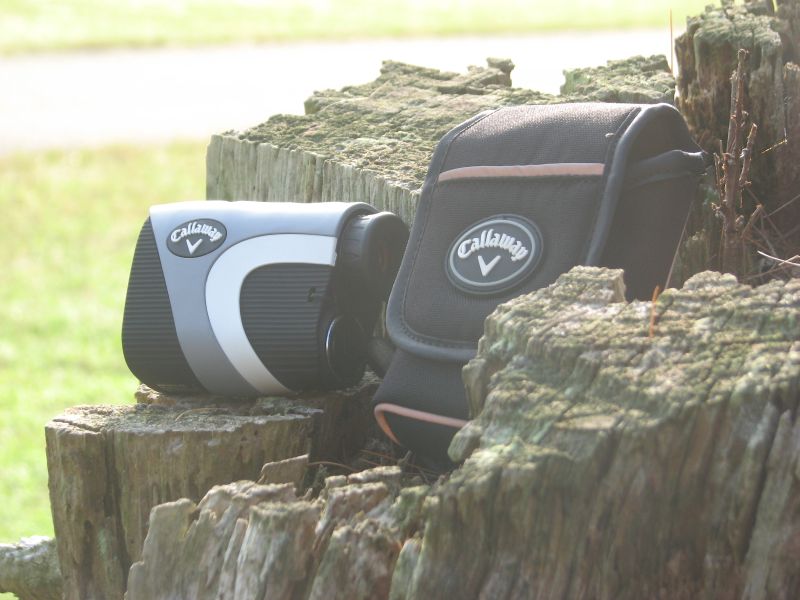
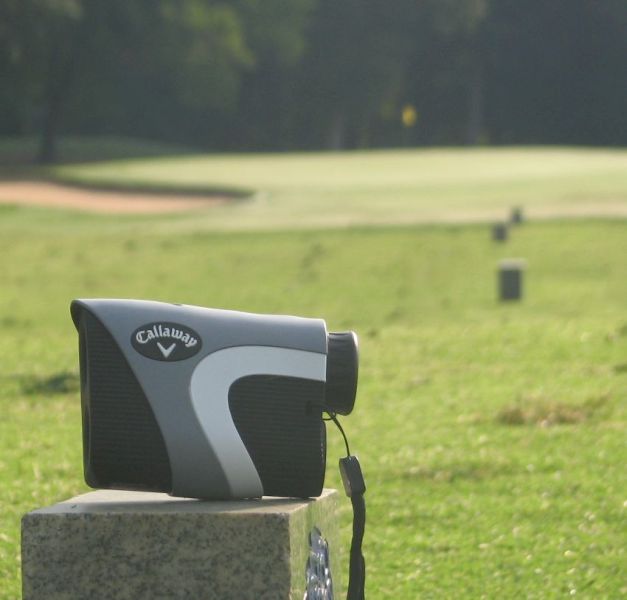
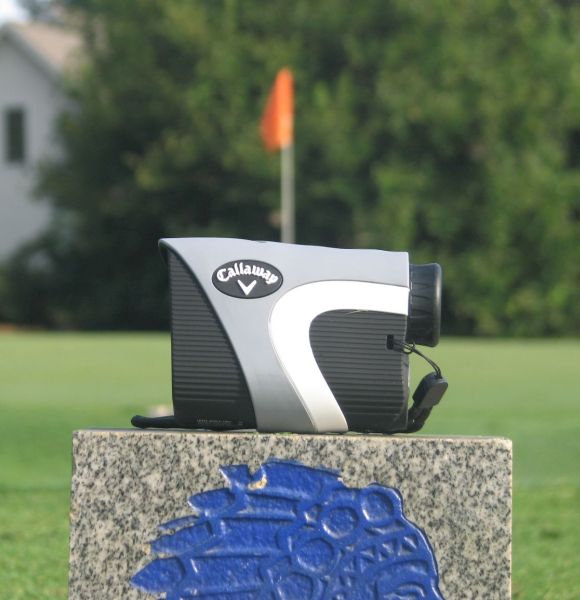
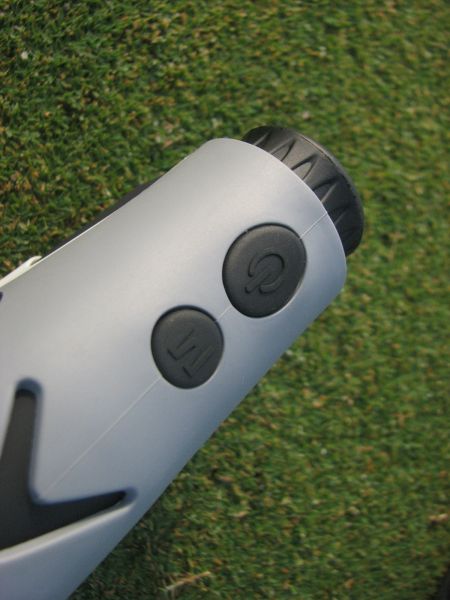
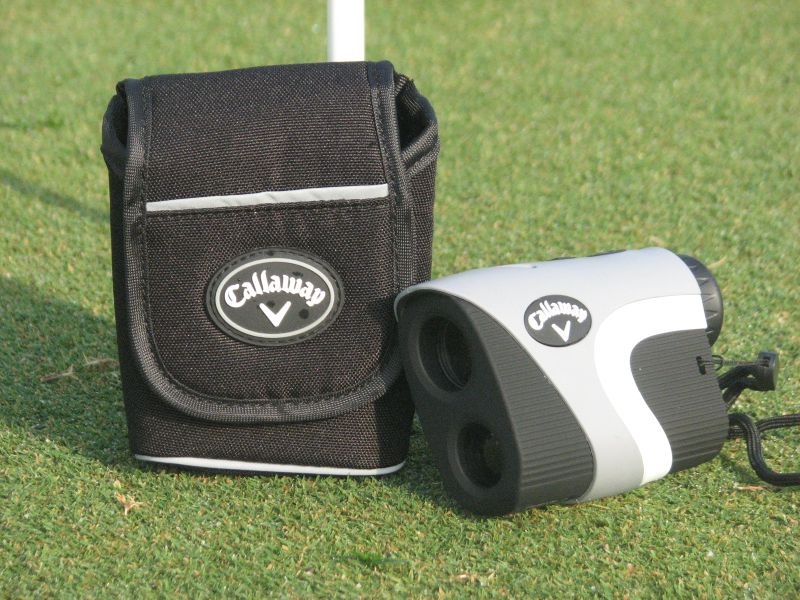
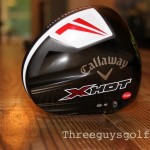
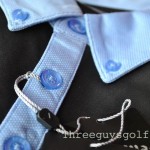

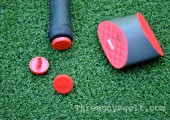


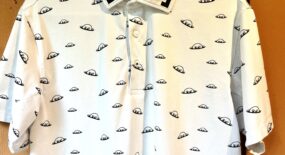

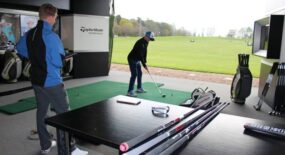
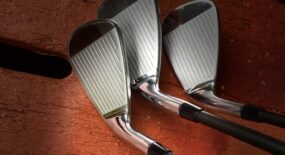
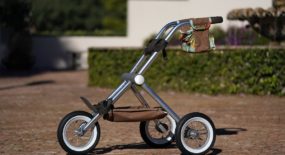
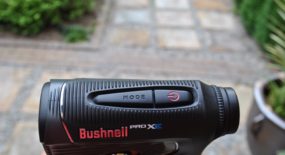


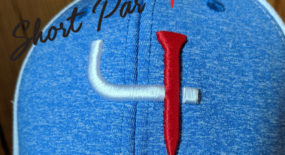

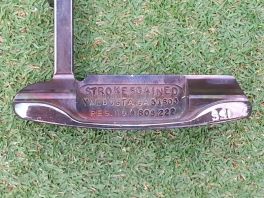
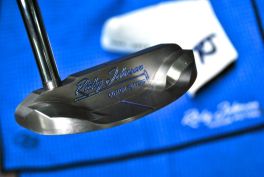
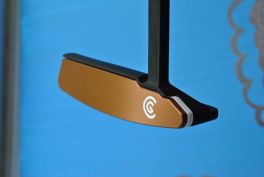
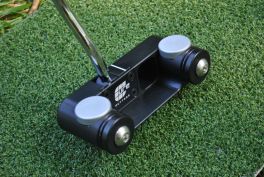
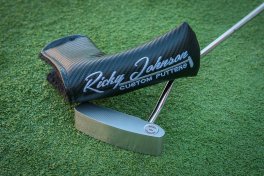
Leave a Comment